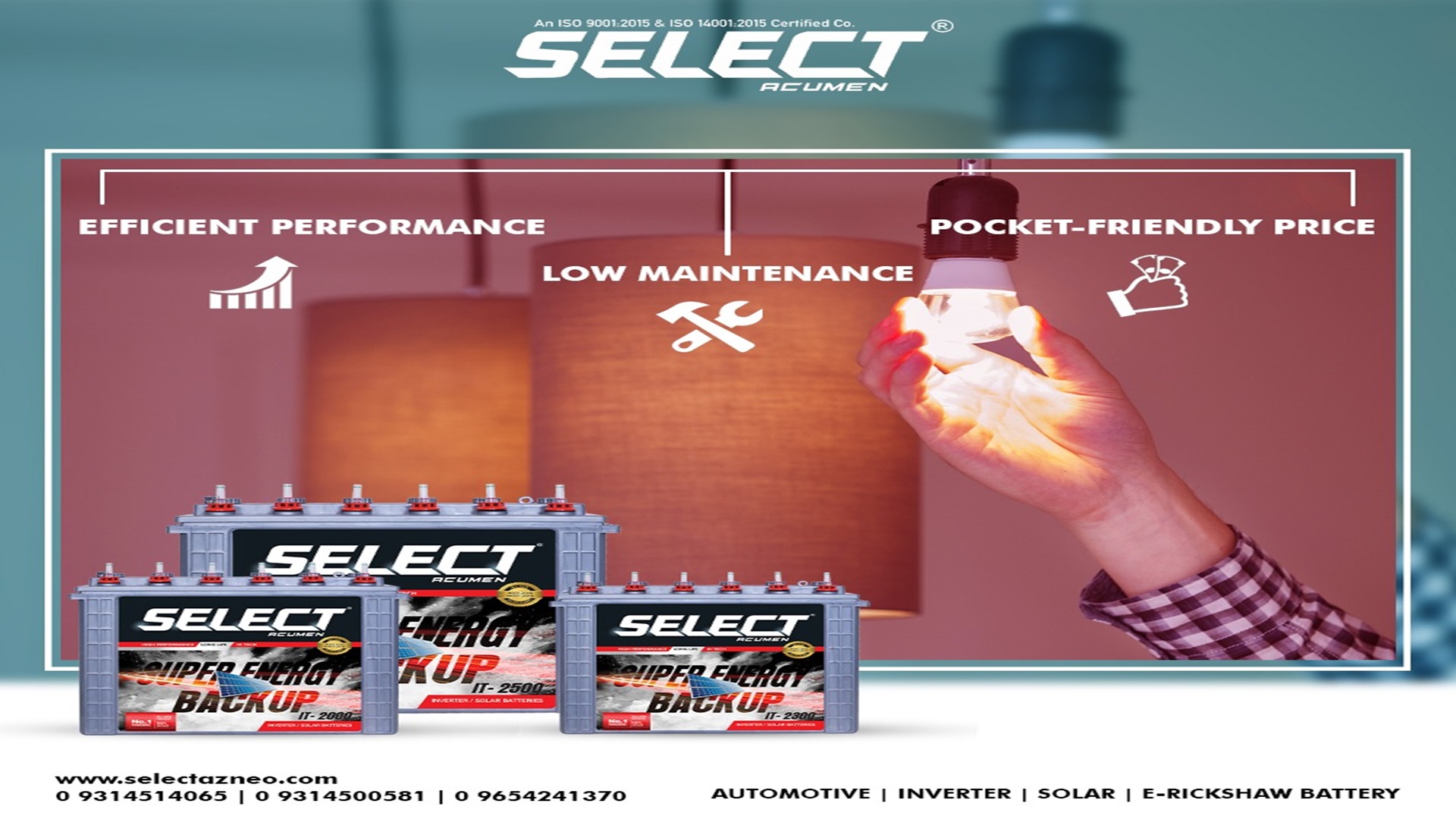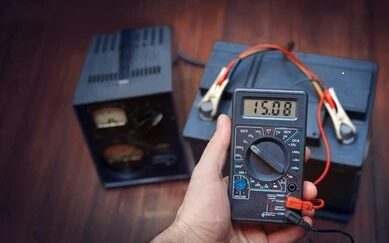Imagine coming home and being greeted with a power cut! The level of frustration and discomfort is undeniable. In such times daily life and operations get disrupted and thus finding a reliable backup power solution becomes more than essential. Investing in a right inverter battery is very crucial to ensure uninterrupted power for your home. Although there are many types of inverter batteries available in the market, in this blog, we will go through why you should go for a tubular inverter battery for your inverter. Select is a leading Tubular Battery manufacturers in Rajasthan
What is a tubular battery:
Given the varieties of inverter batteries in the market, it is tough to choose one for yourself. Amongst the popular batteries, lithium and lead acid batteries are the most common ones. Tubular inverter battery is a type of lead acid battery that features tubular positive plates made of a series of tubular structures. These tubular structures contain the active material, which is usually a mix of lead oxide and other chemicals.
This design prevents the shedding of the active material into the electrolyte thus helping the batteries withstand more charging & discharging cycles. Here the negative plate is the same as the flat plate flooded lead acid battery. Owing to the unique tubular structure, tubular batteries are highly durable, energy efficient and well suited for deep cycling capabilities.
Tubular batteries are commonly used in applications requiring reliable & steady backup power, such as for inverter systems for homes and businesses, solar applications, telecommunication installations, and industrial applications.
Why choose tubular inverter battery for your home
Opting for a tubular inverter battery over flat plate battery has several advantages, which makes it a popular choice for various applications. It is reliable especially in areas with frequent power outages or heavy reliance on solar PV systems. Below are listed the advantages of choosing tubular inverter battery:
1.Durability:
Tubular batteries have a robust construction that offers strong & sturdy performance. Due to their unique tubular design, there is less shedding of active material which leads to increased efficiency. This extends their overall lifespan also. The tubular batteries normally last from 5-7 years as compared to the flat plate one which lasts for 3-4 years. Always choose tubular batteries from trusted Battery suppliers India.
2.Well suited for deep discharge:
Tubular batteries come with deep discharge capabilities which ensures that
they can be discharged to lower levels without suffering significant damage.
This is helpful in offering power backup for longer periods of time.
3.Low Maintenance:
With reduced water loss due to evaporation, tubular batteries typically require minimal maintenance. So you will not have to carry out frequent water topping and can rest assured with its performance.
4.Cost-Effective:
Tubular tubular batteries are value for money given their excellent performance. The initial upfront costs are slightly high as compared to the flat plate batteries, but their longer lifespan, high performance and low maintenance requirements makes them a perfect choice in the long run.
Going for a tubular inverter battery can be a good choice for your home as they offer numerous benefits, like long life, high efficiency, low maintenance and smooth performance. They prove to be a reliable source during power cuts. Assess your power requirements and choose a tubular inverter battery from a reliable tubular inverter battery manufacturer.
Select is one of the trusted Battery suppliers India that provides a range of tubular inverter batteries for domestic and commercial applications. They are also one of the reputable Tubular Battery manufacturers in Rajasthan, offering efficient tubular batteries with durability & seamless performance.


